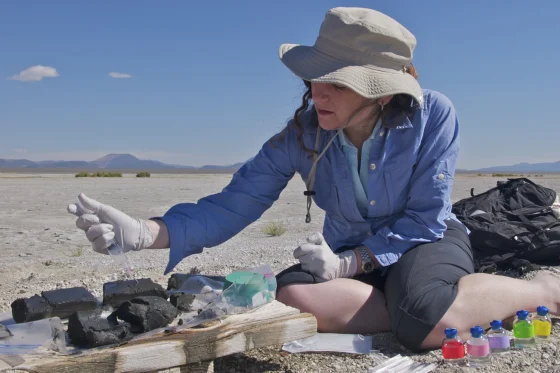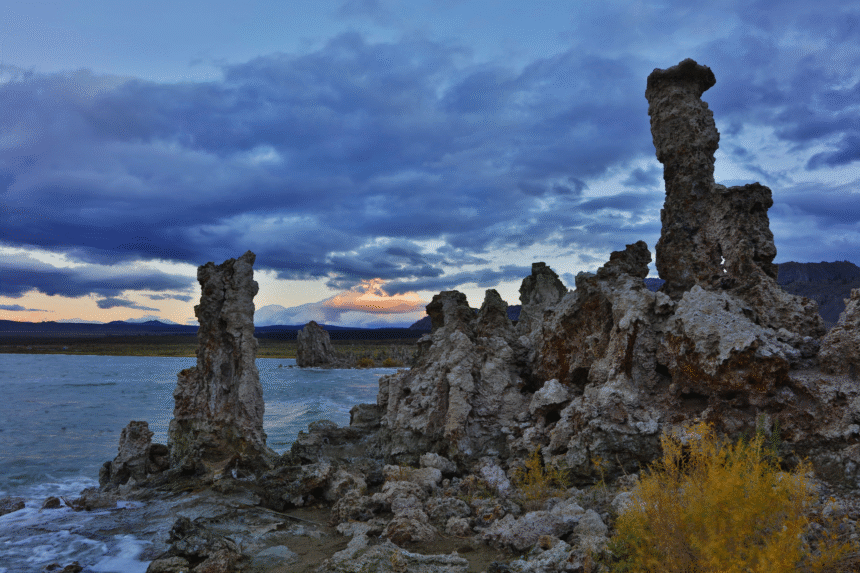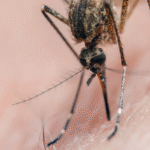15 Years Later, Infamous ‘Arsenic Life’ Study RETRACTED — NASA-Linked Paper That Shook Science Officially Debunked
After 15 years of controversy, the infamous NASA-linked ‘arsenic life’ paper has been officially retracted, ending one of science’s biggest debates
In December 2010, a study led by a NASA astrobiology fellow claimed to have found an alien-like microbe in a salty, alkaline lake in California. This extraordinary bacterium could reportedly thrive using the toxic element arsenic in place of phosphorus—otherwise thought essential for life on Earth. It even incorporated arsenic, instead of phosphorus, into the backbone of its DNA, according to the study, which was published online by the prestigious journal Science.

If true, the claims were groundbreaking. And NASA’s press team only hyped the potential significance. In press materials, the agency claimed the finding “begs a rewrite of biology textbooks” and “will impact the search for evidence of extraterrestrial life.” In a subsequent press conference, the lead author, Felisa Wolfe-Simon, didn’t hold back, either, saying, “We’ve cracked open the door to what’s possible for life elsewhere in the universe and that’s profound.”
But upon that very splashy debut, outside scientists quickly identified flaws and problems in the study. When the study finally appeared in the June 3, 2011, print issue of Science, it was accompanied by eight “technical comments” blasting the study claims.
Several researchers pointed out that “straightforward” and “crucial” experiments that would support their big claim of arsenic-based life were simply not conducted. Chemists noted that if there were truly arsenic in place of phosphorus in the bacterium’s DNA, the genetic material would fall apart in less than a second when exposed to water.
Microbiologists noted flaws in the authors’ methods, such as that they grew the bacterium—dubbed GFAJ-1—in an arsenic-rich growth medium that had enough phosphate contamination to sustain the life of an average earthling, even if it was tolerant of arsenic. And, critics noted, the authors didn’t purify the bacterium’s DNA carefully enough before evaluating its composition. Thus, the finding of arsenic with the genetic material could have simply been contamination. A biochemist noted to Nature at the time that a calculation in the paper itself showed that the DNA in GFAJ-1 grown in arsenic-rich growth medium contained 26 times more phosphorus than arsenic.

“I fault the authors for not noticing these things and sorting them out,” Rosemary Redfield, a microbiologist at the University of British Columbia in Vancouver, Canada, and an early critic of the study, told Nature in 2010. “We shouldn’t have to do the thinking for them.”
In all, the astronomic hype was met with earth-shaking backlash in 2010 and 2011. In 2012, Science published two studies refuting the claim that GFAJ-1 incorporates arsenic atoms into its DNA. Outside scientists concluded that it is an arsenic-tolerant extremophile, but not a profoundly different life form.
But now, in 2025, it is once again spurring controversy; on Thursday, Science announced that it is retracting the study.
Some critics, such as Redfield, cheered the move. Others questioned the timing, noting that 15 years had passed, but only a few months had gone by since The New York Times published a profile of Wolfe-Simon, who is now returning to science after being perceived as a pariah. Wolfe-Simon and most of her co-authors, meanwhile, continue to defend the original paper and protest the retraction.
In a blog post on Thursday, Science’s executive editor, Valda Vinson, and Editor-in-Chief Holden Thorp explained the retraction by saying that Science’s criteria for issuing a retraction have evolved since 2010. At the time, it was reserved for claims of misconduct or fraud but now can include serious flaws. Specifically, Vinson and Thorp referenced the criticism that the bacterium’s genetic material was not properly purified of background arsenic before it was analyzed. While emphasizing that there has been no suggestion of fraud or misconduct on the part of the authors, they wrote that “Science believes that the key conclusion of the paper is based on flawed data,” and it should therefore be retracted.
Jonathan Eisen, an evolutionary biologist at the University of California, Davis, criticized the move. Speaking with Science’s news team, which is independent from the journal’s research-publishing arm, Eisen said that despite being a critic of the 2010 paper, he thought the discussion of controversial studies should play out in the scientific literature and not rely on subjective decisions by editors.
In an eLetter attached to the retraction notice, the authors dispute the retraction, too, saying, “While our work could have been written and discussed more carefully, we stand by the data as reported. These data were peer-reviewed, openly debated in the literature, and stimulated productive research.”
One of the co-authors, Ariel Anbar, a geochemist at Arizona State University, told Nature that the study had no mistakes but that the data could be interpreted in different ways. “You don’t retract because of a dispute about data interpretation,” he said. If that were the case, “you’d have to retract half the literature.”15 Years Later, Infamous ‘Arsenic Life’ Study RETRACTED — NASA-Linked Paper That Shook Science Officially Debunked








